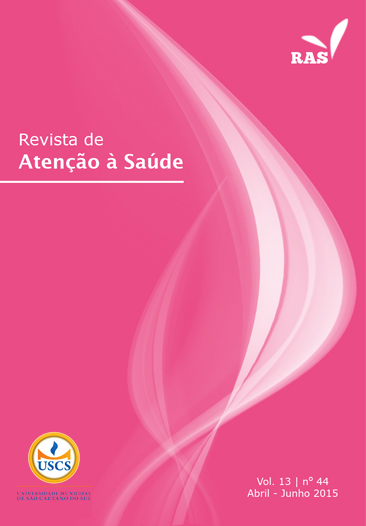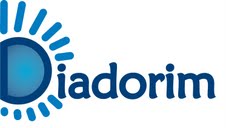ANALYSIS OF CHARACTERISTICS OF LEGIBILITY OF PRESCRIPTION FOR MEDICATIONS AND THE PHARMACOTHERAPEUTIC PROFILE OF HYPERTENSIVE PATIENTS
DOI:
https://doi.org/10.13037/ras.vol13n44.2543Keywords:
Polymedication, readability, hypertension, proton-pump inhibitorAbstract
Introduction: There are circumstances in the process of prescribing medication, especially with the hypertensepatients, which could be avoided and reduce costs, for example: a better communication between thedoctors, because that would minimize polymedication. Objective: Analyze the characteristics of the legibilityof medication prescription and the pharmacotherapeutic profile of the hypertense patients. Method:This is a descriptive study with 422 recipes, which presented anti-hypertension medication being thrownaway by the City University of Sao Caetano do Sul (USCS) pharmacy between August of 2012 and Decemberof the same year. Verified by legibility, classifying the prescriptions as: readable, barely readable,and unreadable. The indicators of the recommended medication that were evaluated are the ones used by the World Health Organization. Observing the pharmacotherapeutic profile, the medications were classified by the AnatomicChemical and Therapeutic index. Results: it was observed that 37.9% of the prescriptions were unreadable because, whenreading the prescriptions, there was a high level of difficulty in reading and comprehension. There were 1,908 medicationsprescribed, 4.5% for each prescription. Of this total, 88% you can find generic dominance and 71.5% are standardized by theNational Medication Relations. 63% of the medication prescribed acts on the cardiovascular system, followed by the alimentarytract and metabolism (19.6%), blood and hematopoietic organs (4.9%) and medications that act on the nervous system(4.2%). Conclusion: The results in this study indicate prescriptions with polymedication and very little readability as maincharacteristics. As for the pharmacotherapeutic profile of the hypertensive prescriptions it was observed the importance, of thepresence of proton-pump inhibitor in medication, diabetes and the antithrombotics.Downloads
Downloads
Published
2015-05-29
Issue
Section
ARTIGOS ORIGINAIS
License
Policy Proposal for Journals offering Free Delayed Access
Authors who publish in this magazine agree to the following terms:
- Authors maintain the copyright and grant the journal the right to the first publication, with the work simultaneously licensed under a Creative Commons Attribution License after publication, allowing the sharing of the work with recognition of the authorship of the work and initial publication in this journal.
- Authors are authorized to assume additional contracts separately, for non-exclusive distribution of the version of the work published in this magazine (eg, publishing in institutional repository or as a book chapter), with the acknowledgment of the authorship and initial publication in this journal.
- Authors are allowed and encouraged to publish and distribute their work online (eg in institutional repositories or on their personal page) at any point before or during the editorial process, as this can generate productive changes, as well as increase impact and citation of the published work (See The Effect of Open Access).









